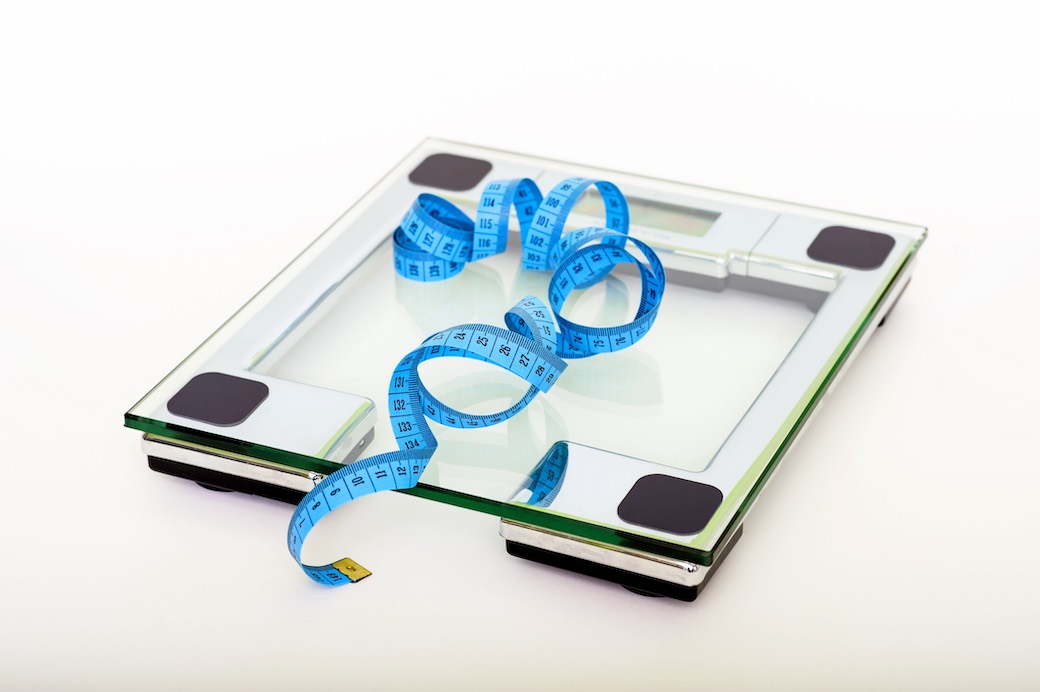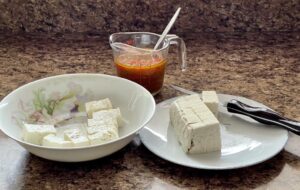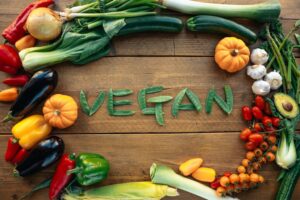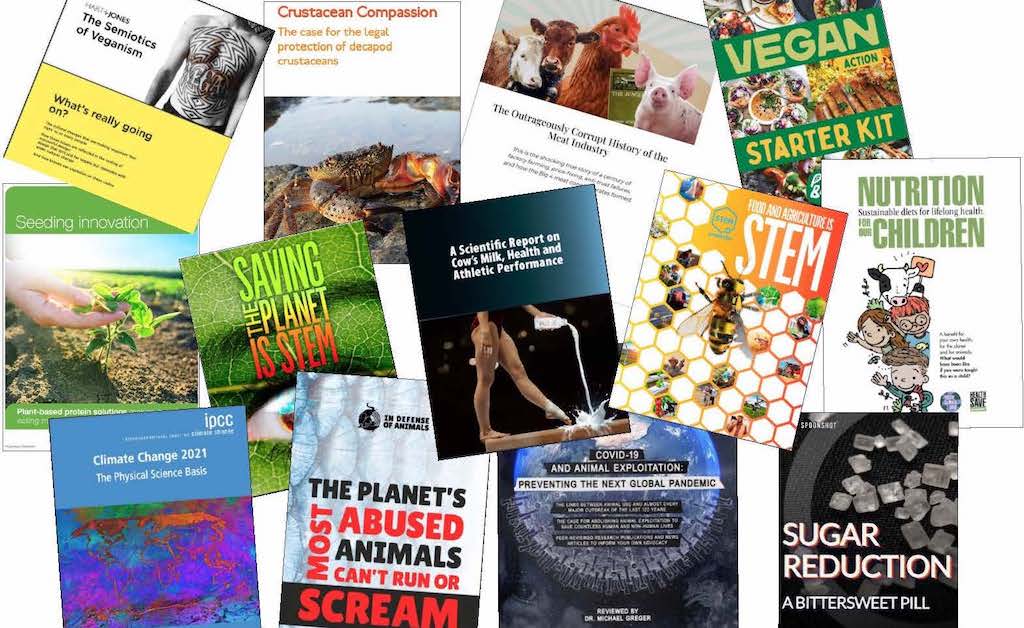By Ruha Thevi
How many people in the world go on a weight-loss program every day? How much money do people spend on weight-loss programs, on “healthy meals,” on food substitute powders, slimming pills, supplements, gyms? How much mental, physical and financial stress do they endure during such programs?
If you ask them, they say “that is my investment for my health and wellbeing.” Fair enough.
Let’s take a look at this “investment.” How many people actually make it until the end of these programs, without giving up halfway because they are too hungry, too angry, or because they cannot bear the financial burden? And of those few heroes who actually complete the whole program and successfully lose weight, how many end up gaining it all back, in just a few weeks?
#1 reason why any weight-loss diet fails
As a professional Nutritionist, I come across this kind of situation on a daily basis. So today, in this article (PART ONE), and in the next (PART TWO: “Weight Loss and Weight Management: Calorie Awareness”), I will show you the two main reasons why diets fail. And I will teach you a couple of tricks that will give a lot of added value to your weight loss program: no stress, no supplements, no gym. Most of all, you will learn the basics that will allow you not only to lose that extra weight, but also not to put it back.
You will find it very much counter-intuitive. You will find it weird. You will find it mind-blowing. The #1 reason why any weight-loss program fails, is that it is a “weight-loss-program!” The moment we tell our brain to focus exclusively on the three words “weight-loss-program” or “weight-loss-diet,” we have already lost the battle.
Mother Nature's guarantee for health
A farmer makes a living when his trees bear nice fruit, so he can sell the same fruit for money. More specifically, he makes a living when the trees bear a great amount of nice fruit every year – so he can sell them for money every year.
The short-sighted farmer, on the contrary, thinks only of the fruit. He sets up a nice irrigation system, buys and pours a lot of chemical fertilizer, pushes the trees to their limit and the trees will, in fact, produce an incredible amount of fruit. Until one day soon they will not produce anymore.
The smart farmer does not focus on the fruit. He thinks of the quality of the soil. He digs ditches to avoid the soil being flooded when it rains. He digs ponds to make sure water is always available, even when it does not rain. He wants to guarantee that the soil is rich in organic matter. He finds ways to invite good bacteria and earthworms into his land to keep the soil active, oxygenated, and fertilized. When the soil is well taken care of, plants and trees will automatically thrive, and every year the harvest will automatically be plentiful.
In good farming practices, the harvest is not the final destination. Soil health is the ultimate purpose. When your soil is healthy, Mother Nature will guarantee the harvest for you.
The 5 pillars of health
In the same way, when we set our own “GPS,” we should not look at “weight-loss” as our final destination. Our final destination should be “holistic health.” When we achieve holistic health (mental and physical health), we will automatically achieve our weight-loss and weight-maintenance targets, without even thinking about it. Just like a good and dedicated farmer with his land. Holistic health can be literally be at our fingertips, as easy as counting 1, 2, 3, 4 and 5! These are what we call “the Five Pillars of Health”:
1. Water intake
When we do not drink enough water, our whole system loses efficiency, our metabolism goes down and our body finds it more difficult to get rid of the extra fat. Drinking plenty of water, among other things, will allow our body to literally “flush out” the extra fat.
2. Food intake
Did you know that more people in the world die every year from food-related diseases than from car accidents, drugs, and alcohol abuse combined? Did you know that 50% of the population in Malaysia is overweight or obese? Did you know that of the 32 million people population in Malaysia, there are nearly 20 million people who suffer from diabetes, hypertension, or high cholesterol? And that of these 20 million there are, in fact, 3.4 million people who suffer from two of these diseases? And that there are over 1.7 million people who suffer from all three?
Did you know that all these diseases are directly linked to excessive consumption of oil, sugar, and salt? And did you know that 95% of the population in Malaysia does not eat enough fresh fruit and vegetables? Did you ever consider that just by eating more fruits and vegetables, and by eliminating sugar, oil, and salt from our food, we could prevent and reverse most of these diseases?
If you are from Malaysia, that unfortunately is the actual situation. But if you are not from Malaysia – how is your country doing? Go and check the numbers for yourself, and try to compare them with the numbers from the previous years to understand if the general situation is improving or – as it is for the world in general – getting worse!
3. Physical activity and exercise
Did you know that with a daily 35-minute brisk-walk we can activate and increase our metabolism, allowing our body to burn calories? And that this calorie-burning process can actually continue for hours, even after we have finished our 35-minute walk?
4. Stress management
Did you know that high stress levels can increase our cholesterol? That high stress levels will affect hormone balance? And did you know that when the hormones are not balanced, the body, as a self-defense mechanism, will start accumulating fat?
5. Sleep
Did you know that sleeping early and on an empty stomach will allow the body to burn fat during the whole night? And that sleeping well at night will promote hormone balance, better physical performance, and better brain functions, which will result in more weight loss?
Think about it: water, food, physical activity and exercise, stress management and sleep. The 5 Pillars of Health. Each of them will contribute to 20% of your overall health.
As you can see, health is a big puzzle, and we can enjoy the overall beauty of the puzzle only when all the pieces are together in the right place. If any one of these pieces is missing, the puzzle is not complete – and we will not be holistically healthy.
Dietstyle: where healthy food habits and a healthy lifestyle coexist
So, do not merely focus on the “weight-loss-program.” Do not lose sight of the big picture. Do not think “fruit;” you have to think “soil.” Work on the “5 Pillars of Health”, and you will see that achieving a healthy weight and maintaining it forever will be as easy as counting to 5.
To show you that health is just that easy, to prove to you the effectiveness of the “5 Pillars of Health,” and to make you realize that you can achieve health from home, without any expensive foods, without supplements or food substitutes, without gyms, without stress, I will gift you with a simple “nutrition exercise” that you can do at home, possibly involving your whole family. Or you can do it in a team with your colleagues at the office, or with your sports-partners. Click here to download and print the file.
For the next two weeks, try to follow the general guidelines of this nutrition exercise. And when you feel better and your body calls for more… continue! This is not a crash-diet! This is the base for your future DIETSTYLE, where healthy food habits and healthy lifestyle coexist.
Ruha founded the movement “Nutrivolution” and is the author of Naturally Dietstyle.
Calorie density of foods
A weight-loss diet does not need to be a torture-diet. By understanding the simple idea of the “Calorie Density of Foods,” we will be able to keep our tummies full at all times, nourish our body with all the nutrients it deserves, and, at the same time, lose weight easily and without failure.

Read next: If you think a weight-loss diet is built on the idea of eating less food, we will show you otherwise.



















